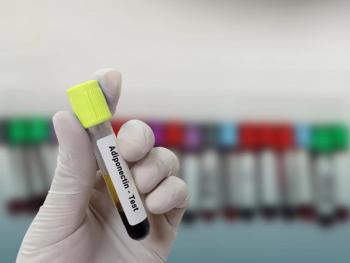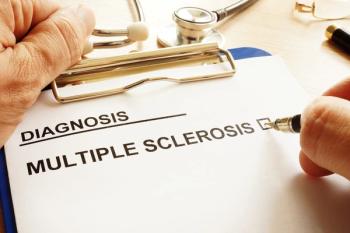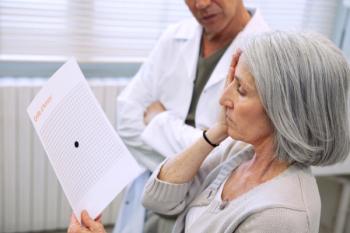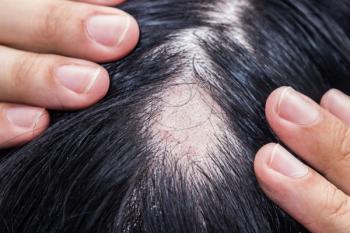
Americans Spent $30 Billion Out of Pocket on Complementary Health Approaches
About 59 million Americans spent $30.2 billion out-of-pocket on complementary health approaches for adults ($28.3) and children ($1.9) in 2012.
About 59 million Americans spent $30.2 billion out-of-pocket on complementary health approaches for adults ($28.3) and children ($1.9) in 2012, according to an analysis by the National Center for Complementary and Integrative Health (NCCIH) and the CDC. The amount spent represents 9.2% of all out-of-pocket healthcare spending and 1.1% of total healthcare spending.
The new findings are the first ever to include complementary health spending on children and are broken down to show the separate categories for children and adults. The complementary health approaches investigated were mind and body practices, such as meditation, chiropractic or osteopathic manipulation, massage, and yoga; and natural product supplements, such as fish oil/omega-3 fatty acids, glucosamine and/or chondroitin, probiotics/prebiotics, melatonin, and coenzyme Q10. (A complete list of the supplements cited can be found
The amount that Americans spent on complementary health approaches in 2012 is almost 30% of what they spent out-of-pocket on services by conventional physicians, the report found. Americans spent $14.7 billion out of pocket on visits to complementary practitioners such as chiropractors and massage therapists, compared with $49.6 billion spent out of pocket on visits with conventional physicians. More was spent on visits to complementary practitioners than on natural product supplements or self-care purchases. (Cost comparisons are available
As family income increases, out-of-pocket spending on complementary approaches to health increase significantly. The mean annual out-of-pocket expenditure for visits to complementary health practitioners was $435 for Americans with annual family incomes under $25,000 per year, and $590 for those with annual family incomes of $100,000 or more. The same pattern was seen for out-of-pocket expenditures for visits to practitioners of complementary approaches.
The report was based on information collected through interviews of between 35,000 and 40,000 US households to ask people about their health. Adults were asked about the children in the household. The interview, known as the National Health Interview Survey (NHIS), is conducted by the National Center for Health Statistics (NCHS), part of the CDC. In 2012 the NHIS included a section on the use of complementary and integrative health approaches that was developed by the NCHS and NCCIH.
NCCIH Director Josephine P. Briggs, MD, said that with so many Americans using and spending money on complementary health approaches, it is important to provide the public with evidence-based information to help inform their decisions.
“This underscores the importance of conducting rigorous research to know whether the products and practices being used are safe and effective,” she said.
Newsletter
Stay ahead of policy, cost, and value—subscribe to AJMC for expert insights at the intersection of clinical care and health economics.













































